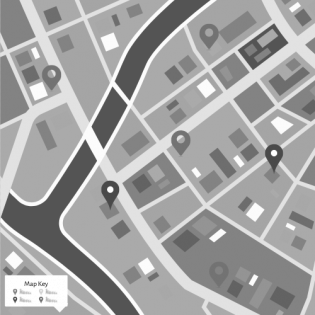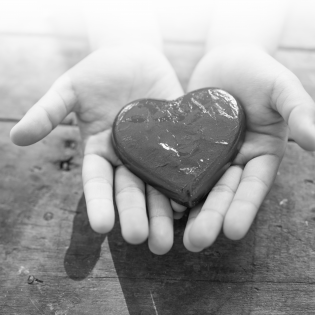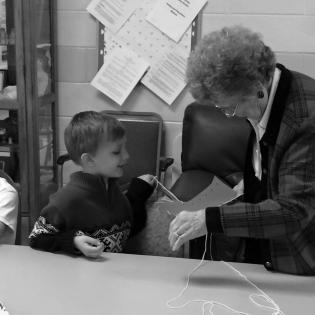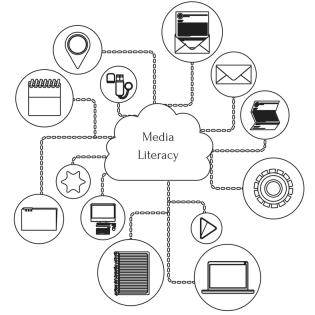In this activity participants learn that the power of caring and sharing can be stronger when there is more than one person acting philanthropically. This activity acts as a good energizer prior to developing a philanthropic team project.
Filter by subjects:
Filter by grades:
Filter by audience:
Filter by issue area:
Filter by content type:
Filter by resource type:
resource search
Video Clip and Discussion Guide: Participants explore a variety of philanthropy behaviors as part of life-long action. They reflect on their philanthropic dreams and goals, focusing on what they can give and the difference they can make.
When you are interested in taking action to make a change, it is helpful to first get a clear picture of what resources exist in your community and where the gaps are. This activity helps young people plot specific resources on a map, which helps identify patterns and connections and builds evidence and partnerships for taking steps to make a change. change.
The "Current Event Check-In" is an Everyday SEL practice. It is a culturally responsive version of the daily emotion check-in; it offers youth the opportunity to check-in regarding the current events in their communities. In order to have a social awareness of one’s community, youth must be able to inquire, discuss, and share their thoughts and opinions about the events in their community on a regular basis.
This activity helps youth discover their giving passion. The first step to meaningful philanthropy is identifying things that really matter to us. In this activity, youth follow their hearts...or rather their heartbreaks to discover what they are passionate about.
Through this storytelling activity, children develop respect and empathy for others as they engage in the philanthropic act of generous listening. Together, we are building a culture that fosters communication and listening skills. In this StoryCorps style interview, children develop questions and choose who to interview.
In this activity participants learn the importance of asking questions and using two-way communication.
In this activity, participants explore how to have productive board meetings using feedback in the form of process comments.







